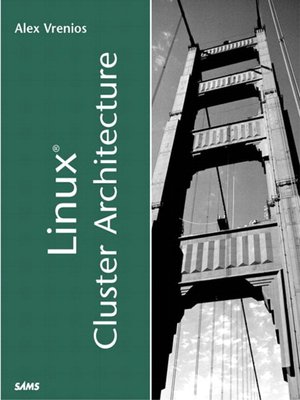
Sign up to save your library
With an OverDrive account, you can save your favorite libraries for at-a-glance information about availability. Find out more about OverDrive accounts.
Find this title in Libby, the library reading app by OverDrive.



Search for a digital library with this title
Title found at these libraries:
| Library Name | Distance |
|---|---|
| Loading... |
A cluster computer is a multicomputer, a network of node computers running distributed software that makes them work together as a team. Distributed software turns a collection of networked computers into a distributed system. It presents the user with a single-system image and gives the system its personality. Software can turn a network of computers into a transaction processor, a supercomputer, or even a novel design of your own.
Some of the techniques used in this book's distributed algorithms might be new to many readers, so several of the chapters are dedicated to such topics. You will learn about the hardware needed to network several PCs, the operating system files that need to be changed to support that network, and the multitasking and the interprocess communications skills needed to put the network to good use.
Finally, there is a simple distributed transaction processing application in the book. Readers can experiment with it, customize it, or use it as a basis for something completely different.







